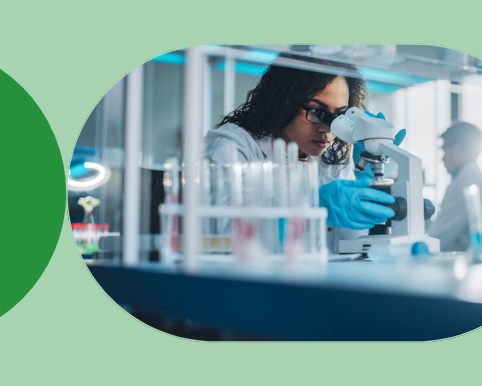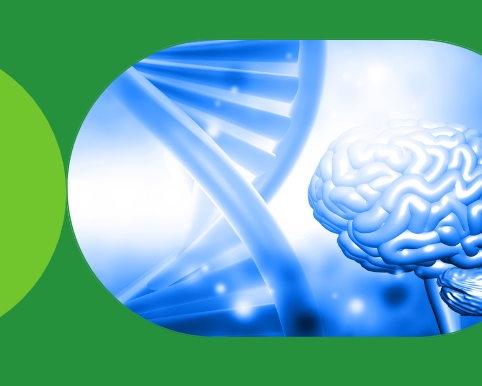Scientists create ‘metal detector’ to find tumours that are easier to treat
By Florence Cornish onResearch using data from the 100,000 Genomes Project has developed a ‘metal detector’ algorithm to identify tumours that are easier to treat. This algorithm could be revolutionary in helping doctors understand which patients are more likely to respond well to certain treatments, based on the genetic changes present in their tumours.
What is a genetic change?
A genetic change, also known as a genetic variant, is when a change has occurred in the sequence of someone’s DNA.
DNA is a molecule found in all living things. It carries the genetic information we need to survive, function and grow, like an instruction manual.
When there are glitches in this instruction manual, or ‘genetic changes’, this can impact our health and development. Certain types of genetic changes can sometimes lead to conditions such as cancer.
Revolutionary cancer research
In a paper published in Nature Genetics, scientists funded by Cancer Research UK and the National Institute for Health and Care Research analysed data from participants with cancer in the 100,000 Genomes Project.
The scientists looked at the full genetic sequences in 4,775 tumours from 7 different types of cancer.
Using this data, they developed an algorithm that can identify tumours with genetic changes that make them easier to treat.
This algorithm could one day help doctors understand which patients are more likely to have successful treatment, helping to pave the way for more personalised approaches to cancer care.

Developing the metal detector
The research team looked for patterns in DNA created by genetic changes known as “indels”.
DNA sequences are made up of 4 different ‘bases’, which we represent using the letters A, T, C and G. The cells in our body can read this sequence, almost like reading a book, and produce the different proteins we need to survive.
In indel changes, letters in this DNA are inserted or deleted from the original sequence.
In the study here, researchers found unusual patterns of indel genetic changes in cancers which had faulty DNA repair mechanisms – known as “post-replicative repair dysfunction” or PRRd.
Using this information, the scientists developed an algorithm called PRRDetect, which allows them to identify tumours with PRRd.
How does this impact treatment?
PRRd tumours are more sensitive to a type of cancer treatment called immunotherapy.
Immunotherapy uses the body’s own immune system to attack cancer cells.
The scientists in this study aim for the PRRd algorithm to act like a ‘metal detector’, allowing them to identify patients who are more likely to have successful immunotherapy treatment, based on the genetic changes in their tumours.
This research represents a significant step towards more personalised treatment for cancer, with the hope that these approaches will lead to improved patient outcomes.
And finally...
Genomics England thanks the participants who consented to donate their data to the 100,000 Genomes Project that made this research and its findings possible.
You can find the full paper by Gene Ching Chiek Koh et al., here.
To hear about more genomic research, checkout our other research blogs.
Or, you can also check out our explainer series Genomics 101, to learn more about important concepts in genomics.


